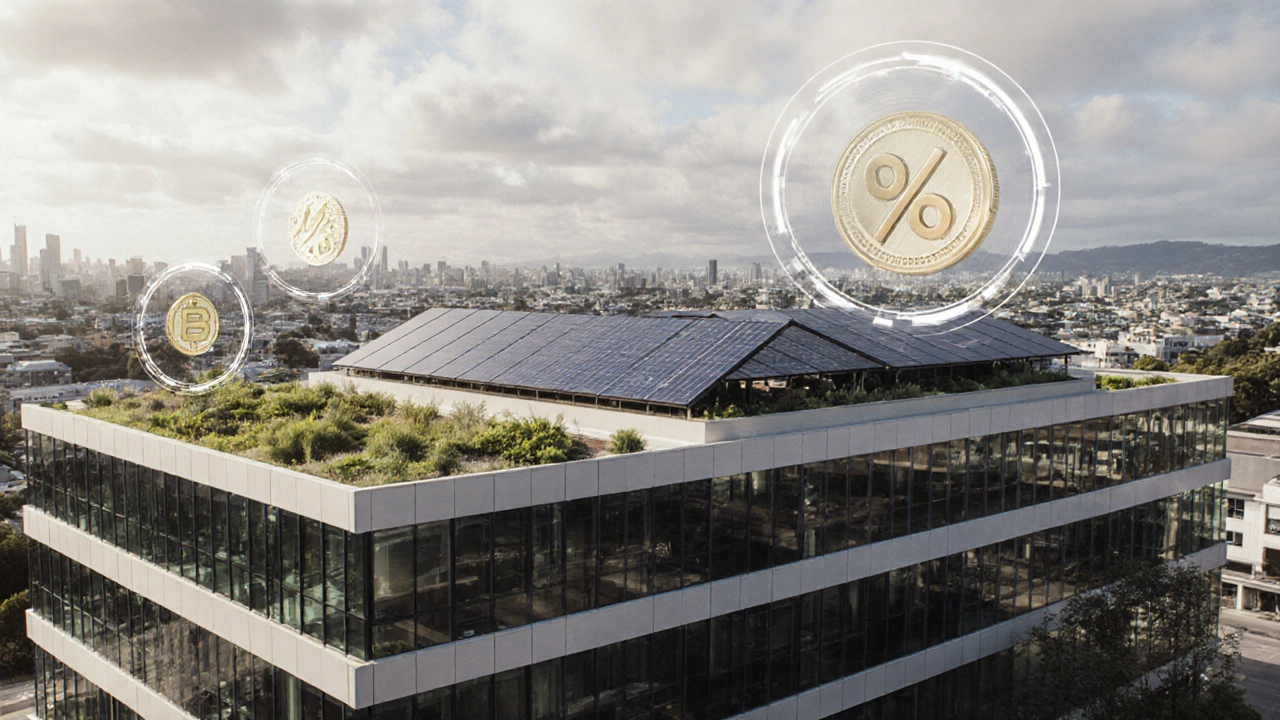Building Costs: What Drives Expenses for Cottages, Glamping and Tiny Homes
When planning any stay‑away project, building costs, the total outlay needed to design, construct, and finish a property, also known as construction expenses are the first thing that drives decisions. Whether you’re eyeing a boutique hotel, a small, design‑focused lodging with personalized service, a glamping cottage, a luxury‑styled tent or cabin that blends camping with comfort, or even a compact tiny house, a minimal‑footprint dwelling typically under 400 sq ft, the numbers shift dramatically. Building costs encompass everything from land purchase to finishing touches, so knowing the pieces helps you avoid nasty surprises.
Key Factors That Shape Building Costs
First, material prices set the baseline. Timber, brick, stone and insulation each have market cycles, and a sudden price jump can add thousands to a project. Labor follows close behind – skilled carpenters, electricians and plumbers charge rates that vary by region and project complexity. Permits, utility connections and site preparation are often overlooked, yet they are mandatory expenses that can stall a build if ignored. In short, building costs require careful budgeting of material, labor and regulatory fees before the first brick is laid.
Location matters just as much as material. A remote countryside plot may save on land price but raise transport costs for deliveries and increase the need for off‑grid solutions. On the other hand, a site near an existing utility network cuts hookup fees but may come with higher land taxes. When you compare a traditional cottage with a tiny house, the smaller footprint generally reduces foundation work and material waste, you see the direct impact on the overall budget. Tiny houses often use modular panels and reclaimed wood, which not only lower expenses but also shrink the carbon footprint.
Luxury amenities drive the cost curve upward. A boutique hotel typically invests in high‑end finishes, custom furniture and unique interior themes to attract discerning guests. These design choices increase both material and labor costs, and they also demand higher compliance with hospitality standards. In contrast, a glamping cottage adds premium facilities such as en‑suite bathrooms, heated floors and upscale furnishings to a rustic setting, which bumps the price tag compared to a basic camping tent. Both examples show how the intended guest experience directly influences the construction budget.
Energy efficiency and sustainability are no longer optional. Installing solar panels, high‑performance glazing or heat‑recovery ventilation adds upfront cost but pays off with lower operating expenses. For a tiny house, off‑grid power solutions are often built‑in, making the initial outlay a critical part of the overall cost equation. Similarly, a glamping cottage that markets itself as eco‑friendly will allocate budget to green materials and low‑impact utilities, influencing the total spend.
Finally, scale and repetition affect the bottom line. A single standalone cottage has a certain per‑square‑foot cost, but developing a small resort of multiple units—whether boutique hotel rooms or a cluster of glamping cottages—creates economies of scale. Bulk purchasing of materials, shared infrastructure and streamlined labor crews can trim the average cost per unit. However, managing multiple builds introduces coordination challenges that may incur additional project‑management fees.
All these pieces—materials, labor, location, guest experience, sustainability and scale—interlock to form the full picture of building costs. Below you’ll find a curated list of articles that dive deeper into each of these areas, from detailed cost breakdowns for boutique hotels to practical tips on budgeting a tiny‑house project. Use them to sharpen your estimates, compare options, and plan a build that fits both your vision and your wallet.
Downsides of Green Buildings: Hidden Costs and Challenges
Explore the hidden drawbacks of green buildings, from higher upfront costs and embodied carbon to maintenance challenges and resale uncertainty, with practical tips to manage them.
- Oct, 4 2025
- 0 Comments
